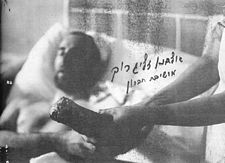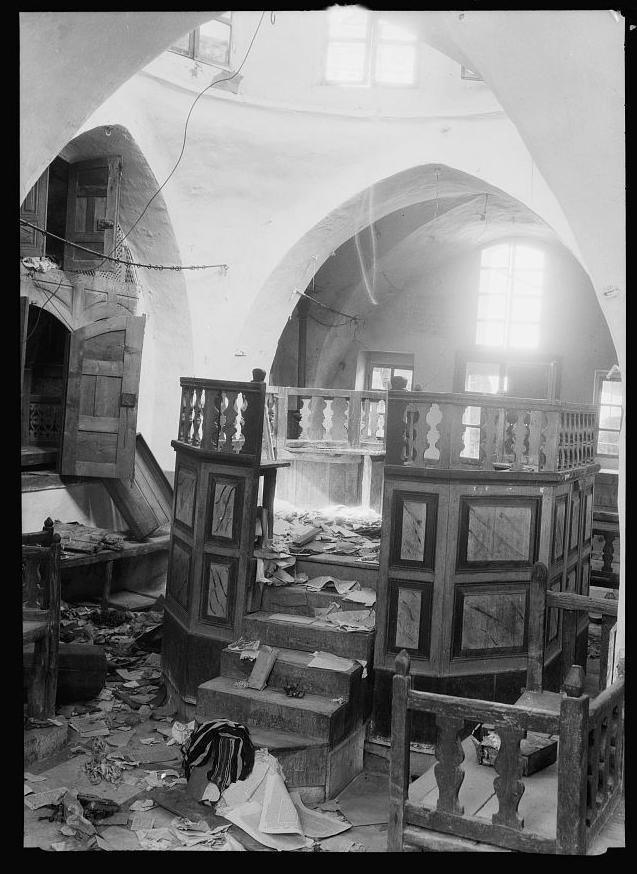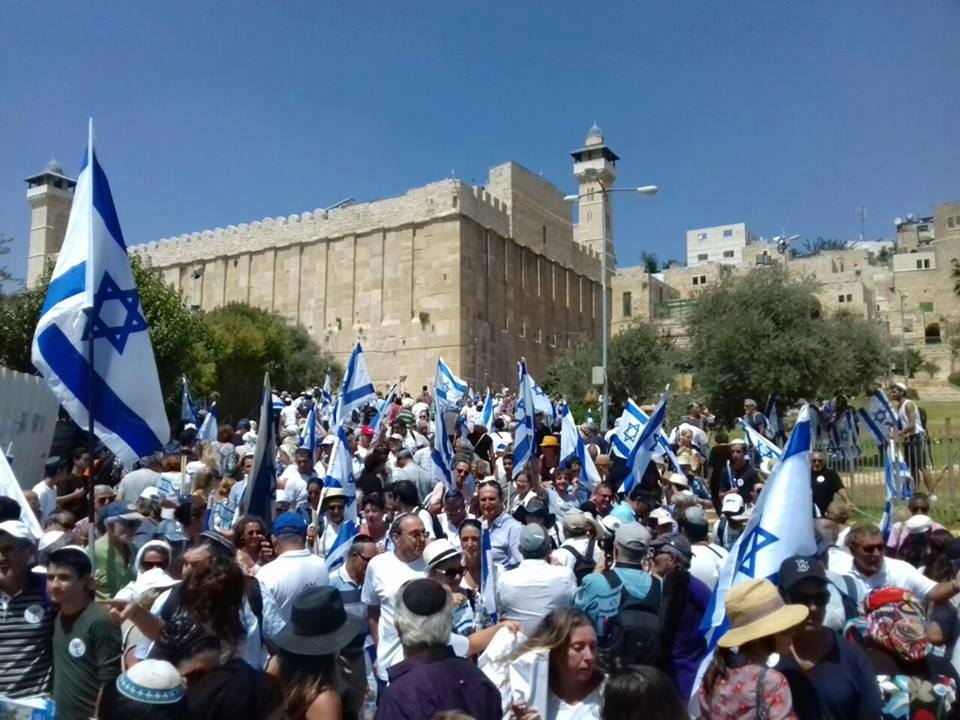Eighty-eight years ago, one of the darkest events in the history of the Jewish community in pre-state Israel occurred. In Hebron, the second holiest city in Judaism, local Arabs massacred the Jewish community, murdering 67 and injuring over 50.
Arabs, hearing false rumors that Jews were planning on seizing control of the Temple Mount in Jerusalem, and that Jews had massacred Arabs in Jerusalem, started attacking Jews. At around 8:30am on a Shabbat morning, the first attack was staged, as a mob of Arabs armed with long iron bars, long knives, and axes entered a Jewish house in Hebron and stabbed the occupants to death.

Soon after, the mob entered the house of Eliezer Dan Slonim, the son of the Rabbi of Hebron, and asked if he would hand over Ashkenazi students from the Hebron Yeshiva. He declined, and in turn was shot dead along with his 4 year old son. The Arabs kept screaming that they were “going to Jerusalem to slaughter all the Jews” according to one witness. The attackers were going from door to door, slaughtering everyone who was inside. The screams and the moans were terrible. People were crying “Help! Help!”
The attack on the Jewish community did not just involve murdering Jews in their homes, the mob of Arabs looted and destroyed a Jewish hospital, which often treated Arabs. Synagogues along with Torah scrolls were also destroyed, and a Jewish library was burned down.

One third of the Jewish community of Hebron were murdered, including 24 yeshiva students and numerous Americans. Some Jews were saved by local Arabs who hid them in their houses. Nineteen Arab families saved dozens if not hundreds of Hebron’s Jews, the one shining light from a terrible day.
The event marked the end of a centuries old presence of the Jewish community in Hebron. After the attack, the British authorities evacuated the 484 survivors, including 153 children, to Jerusalem. Jews were unable to then return to Hebron, barred by the British authorities. Once Israel was established, the area was under Jordanian rule, keeping the city uninhabitable for Jews.
In 1967, Israel captured Hebron along with the rest of Judea and Samaria (West Bank) from Jordan. With the city under Israeli control, Jews started moving back, 38 years after the massacre. Today there are over 500 Jews living in Hebron.

The Hebron Massacre was a significant moment in the history of Zionism. The Massacre signified the need of Jews in Palestine to have a force to protect them, and therefore the event led to the re-organization of the Haganah, which later became the Israel Defense Forces.
Contributed by Daniel Kosky, CAMERA Intern.

